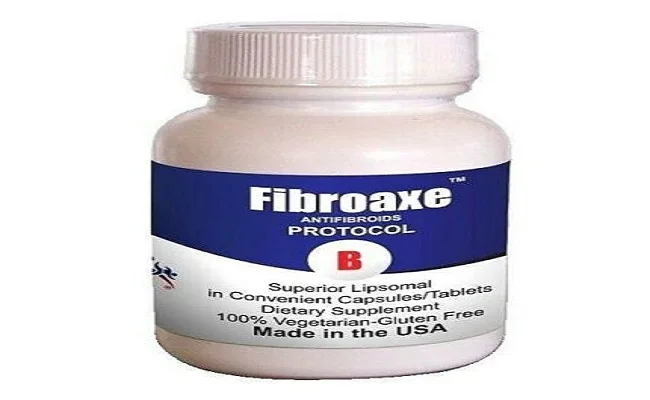Fibroids, also known as uterine leiomyomas, are non-cancerous growths that develop in the uterus. They are a common condition affecting many women, particularly during their reproductive years. While fibroids are usually harmless, they can cause various symptoms such as heavy menstrual bleeding, pelvic pain, and pressure on the bladder or bowel. Fortunately, there are several treatment options available for fibroid reduction. In this article, we will explore these treatment options in detail, helping you understand the choices available and make an informed decision about managing your fibroids.
1. Medications for Fibroid Reduction
Medications can be prescribed to help manage the symptoms associated with fibroids. One common medication is gonadotropin-releasing hormone (GnRH) agonists. These medications work by reducing the production of estrogen and progesterone, hormones that stimulate fibroid growth. By suppressing hormone production, GnRH agonists can shrink fibroids and alleviate symptoms such as heavy bleeding and pelvic pain. However, it’s important to note that these medications are typically used as a short-term solution due to their potential side effects, including hot flashes, bone density loss, and menopausal symptoms.
Another medication option is selective progesterone receptor modulators (SPRMs). These drugs target the progesterone receptors in fibroids, causing them to shrink over time. SPRMs have shown promising results in reducing fibroid size and alleviating symptoms. However, they are not suitable for all women and may have side effects such as hot flashes, headaches, and breast tenderness. It is crucial to consult with a healthcare professional to determine if medication is the right choice for you.
2. Non-Invasive Procedures
For women who prefer non-surgical options, there are several non-invasive procedures available for fibroid reduction. One such procedure is uterine artery embolization (UAE). During this minimally invasive procedure, tiny particles are injected into the blood vessels that supply the fibroids, cutting off their blood supply. Without a blood supply, the fibroids shrink and symptoms improve. UAE is effective in reducing fibroid size and relieving symptoms, but it may cause temporary side effects such as pain, fever, and nausea.
Another non-invasive option is magnetic resonance-guided focused ultrasound surgery (MRgFUS). This procedure uses high-intensity ultrasound waves to heat and destroy the fibroids while leaving the surrounding tissue unharmed. MRgFUS is a non-surgical alternative that offers minimal recovery time and preserves the uterus. However, it may not be suitable for all types of fibroids, and the long-term effects are still being studied.
3. Surgical Interventions
In cases where medications and non-invasive procedures are not effective or appropriate, surgical interventions may be necessary for fibroid reduction. One common surgical option is myomectomy, which involves the removal of fibroids while preserving the uterus. Myomectomy can be performed through various techniques, including hysteroscopy (through the vagina) or laparoscopy (through small incisions in the abdomen). This procedure is suitable for women who wish to preserve their fertility or have large or multiple fibroids.
In more severe cases, a hysterectomy may be recommended. A hysterectomy involves the complete removal of the uterus and is considered a definitive treatment for fibroids. While it eliminates the possibility of future fibroid growth, it also means the end of fertility. Hysterectomy may be performed through traditional open surgery or minimally invasive techniques such as laparoscopy or robotic-assisted surgery. It is essential to discuss the potential risks and benefits of each surgical option with your healthcare provider.
4. Alternative and Complementary Approaches
In addition to conventional treatments, some women explore alternative and complementary approaches for fibroid reduction. These may include herbal remedies, acupuncture, dietary changes, and stress reduction techniques. While there is limited scientific evidence supporting the effectiveness of these approaches, some women find them helpful in managing their symptoms. It is crucial to consult with a qualified healthcare professional before trying any alternative treatments to ensure they are safe and appropriate for your specific situation.
Conclusion:
Fibroids can cause significant discomfort and impact a woman’s quality of life. Fortunately, there are various treatment options available for fibroid reduction. From medications and non-invasive procedures to surgical interventions and alternative approaches, each option has its benefits and considerations. It is important to consult with a healthcare professional to determine the most suitable treatment plan for your individual needs. By understanding the available options, you can make an informed decision and take control of your fibroid management journey.

